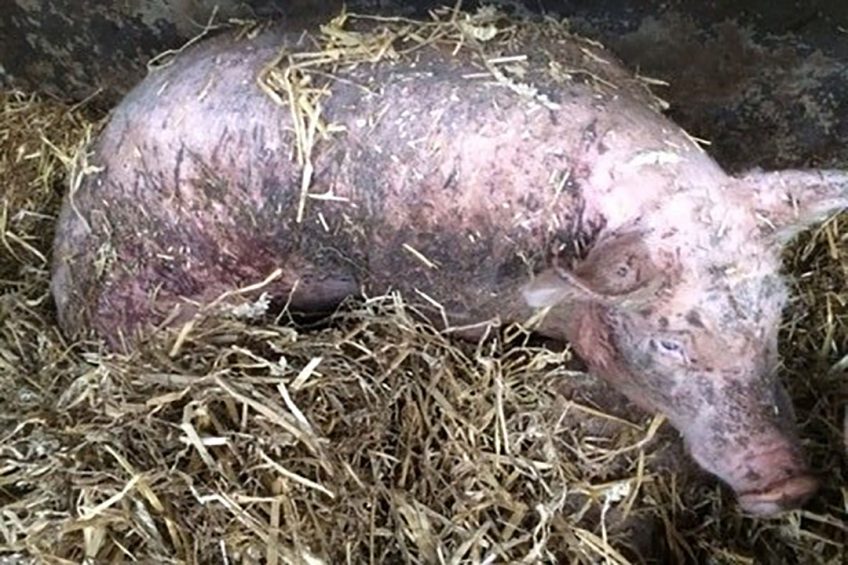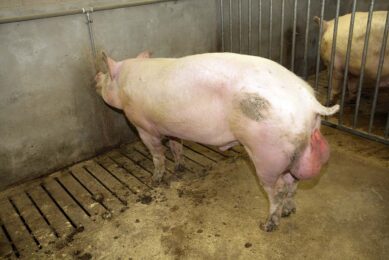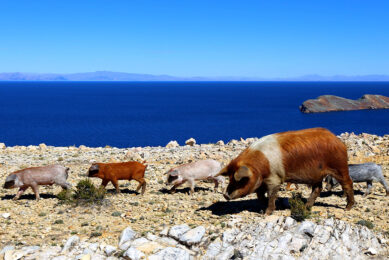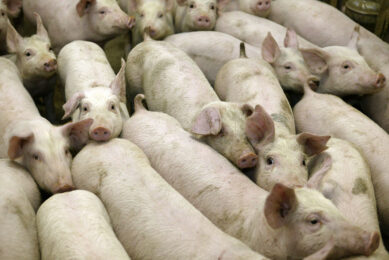Extreme aggression in pigs – does it sound familiar?

An increasing number of swine farmers all around the planet have recently been reporting about stable groups of pigs which ‘gang up’ and kill one specific pig in the group, often within minutes. An online survey is now looking for more information.
The topic was long left untouched as it occurred infrequently. Now the number of incidences has been increasing, so is the amount of information that is available.
Aggression: From normal to extreme
Aggression between unfamiliar pigs is a natural behaviour to establish and maintain dominance in relationships. During the formation of the new social groups aggression can be intense and can result in skin lesions and occasionally lameness. In static groups, when hierarchies are settled, aggression is usually minimal.
Reports on the occurrence of extreme aggression in stable groups are on the increase. Typically, the group will attack one individual through targeted biting. It will be killed within several minutes to an hour. That abnormal behaviour has not been studied before and the causes are unknown. Often, breeding companies have been blamed for genetic reasons. That, however, has been proven untrue in a recent study.
Survey about extreme aggression in pigs
Recently, a survey was placed online, collecting information from farmers who have seen this type of aggression on their farm. Responses have come from all over the world, only reinforcing the thought that the phenomenon is unrelated to genetics. The problem has been reported in relation to various breeding companies and breeds, including rare breeds that have not been selected for high productivity. It occurs in groups of gilts, boars and mixed sex groups; in runts as well as in healthy animals.

Read more about pig health in the Pig Progress Health Tool
Despite the seemingly random occurrence, there is one common factor between the farms. Most deaths seem to occur in deep straw housing systems. It is still unknown as to why an entire group turns towards one individual and whether this is due to a specific behaviour, scent (e.g. pheromone), or health trait of either the victim or the attackers.
The search for more testimonials
The survey, initiated by Scotland’s Rural College can still use new testimonials about this type of aggression. Filling out the survey takes less than 4 minutes to complete.
 Beheer
Beheer








 WP Admin
WP Admin  Bewerk bericht
Bewerk bericht